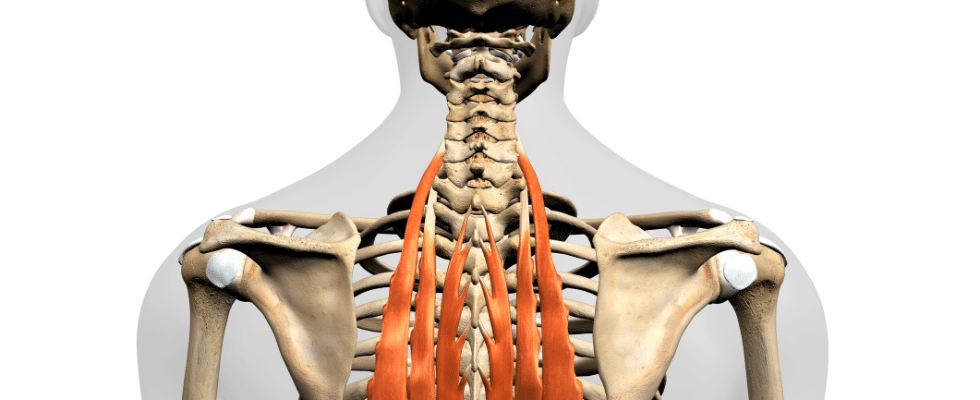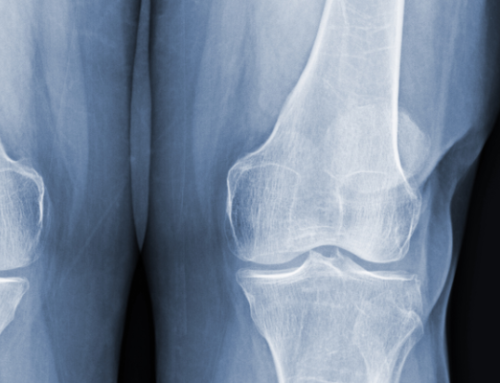
According to the National Library of Medicine, reporting on a book by Krishnan and Cascella, the erector spinae block is a relatively new block, with reports of the first successful use of this block occurring in 2016. Since then, more and more groups, like Maverick Medical Education, have found this block exceptionally useful for helping patients feel the relief they need. As a pain specialist, you can better meet the needs of your community by adding the erector spinae block to your skillset, especially as more applications continue to be found.
Why is the erector spinae block taught?
The erector spinae block has several purposes in various clinical settings. The erector spinae is a group of muscles that runs from the skull to the pelvis and extends to the ribs, making it part of a lot of movement and processes the body does. A patient can find numbness and pain relief by having an anesthetic injected into the space between the muscle and the transverse process. Unlike many blocks we teach, this block is injected into a relatively larger space that impacts the nerves in the entire area, rather than targeting specific nerves closely. This block is performed with imaging guidance and, in some settings, may be used as a continuous block with a catheter left in place.
What does the erector spinae block do?
Due to its location and what it does in the body, the erector spinae block is typically used for patients with rib injuries and fractures. The applications go far beyond rib fractures, however. Patients with both breast and spinal surgeries can benefit from this block. Additionally, when performing a thoracotomy, hernia repair, addressing lumbar fusions, many types of VATS, and axillary dissections, the erector spinae should be considered an ideal option. Since this block is fairly new, additional studies are still coming out about the usefulness of the block, such as for urological, orthopedic, and other types of surgery. As with any block, some contraindications pose less of a risk with provider care. In addition to standard medical care for cleaning the area of the injection site to minimize the possibility of infection, a thorough history to evaluate the potential for an allergy within a patient should be taken.
Why does the erector spinae block help?
The erector spinae block helps for many reasons. For starters, depending on the patient, site, and anesthetic chosen, the block can last anywhere from 3 to 24 hours, making it a solid choice for both many surgeries and recovery time as well. Similarly to the other blocks we teach, this block can help patients in their postoperative or procedure care without the damaging side effects of an opioid-based medication. One report even showed “a significant reduction in pain scores during the first 12 postoperative hours, and prolongation of the time to first request for additional opioid analgesia.” As research continues, studies continue to discuss more applications for this block and suggest that it works much like an epidural because of the location while showing it is safe and useful in different ways.
The erector spinae block is only one of many taught in our Regional Anesthesia- Advanced course. This course includes many other blocks, including the paravertebral and the suprascapular. Upon registering for a course with Maverick Medical Education, you will have
immediate access to the online learning modules that will front-load you with the information you need to build a foundation for these blocks. Then your time in the lab will be about practice, repetition, and hands-on training with our Maverick instructors. To learn more, contact us today!




